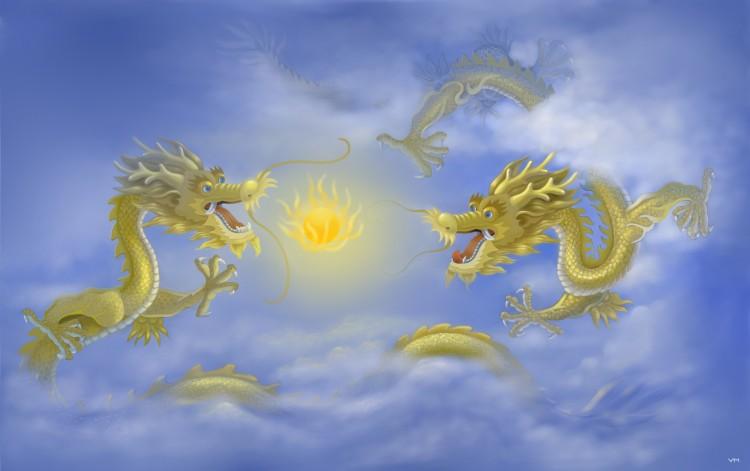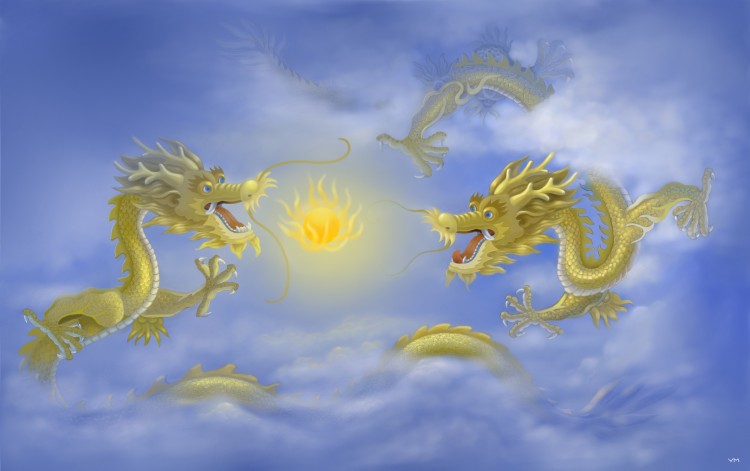Jan. 23 marks this year’s Chinese New Year. After a Rabbit year, the upcoming year stands under the sign of the Dragon. Unlike Western dragons, in the Chinese tradition, dragons have a good reputation.
In Chinese culture, a dragon has been described as a divine creature with a giant body in the shape of a silkworm, scales like a carp, a head like a camel, horns like a deer, eyes like a ghost, claws like an eagle, palms like a tiger, and ears like an ox.
Despite their complicated features, dragons have been popularly depicted in more or less the same way in temples, palaces, books, paintings, and sculptures throughout history. The ancient Chinese revered the dragon so much that it became the only celestial creature in the Chinese zodiac.
Although the dragon was often associated with mythical realms, according to Chinese historical records, dragons had appeared on earth from time to time. The oldest record of a dragon arguably dates back to Fu Xi, the creator of Chinese civilization, who was believed to be half-human and half-dragon.
According to legends, dragons would appear in the sky on the dates of the birth or death of historic Chinese figures such as the Yellow Emperor (circa 2600 B.C.), Emperor Yao (circa 2300 B.C.), Emperor Shun (circa 2200 B.C.), and Yu the Great (circa 2100 B.C.), serving as the embodiment of the great sage emperors.







